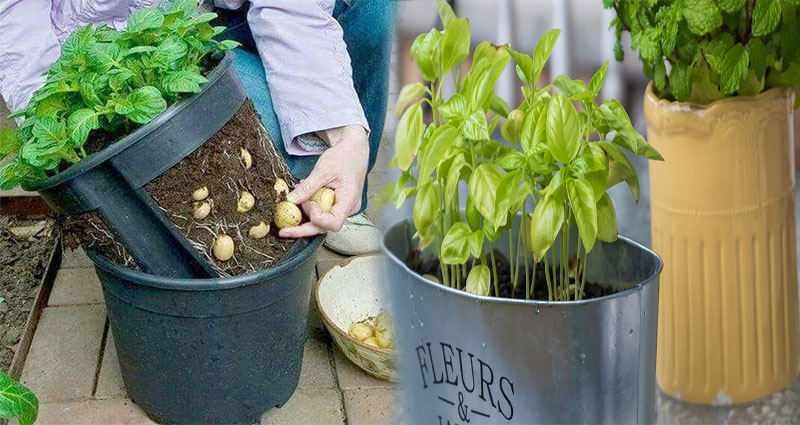If you’re considering starting a home garden in your apartment, you’ll need some tips for success. First, you’ll need to make sure you use the right soil. Plants need soil for water, oxygen, and nutrients. Unfortunately, ordinary garden soil can compact and prevent oxygen and water from flowing through the plants’ roots. To avoid this problem, use a well-draining potting mix. Potting mixes are light, fluffy, and sterile, which helps plants get the oxygen and water they need to thrive.
Plants that thrive in an apartment garden
There are many types of plants that can thrive in an apartment garden, including vegetables, herbs, and fruits. Some types are particularly easy to grow, but others require a bit more work and patience. Most plants need full-day sunlight, so you’ll want to be sure to use your windows when planning your garden. Herbs are another great choice, and many are easy to grow in containers. Mint, chives, parsley, and lavender are excellent for apartment gardens. Basil and thyme also thrive in small spaces, but you’ll need to replenish them frequently. Fast- growing plants like lettuce and spinach are also great choices. Salad greens such as arugula and spinach don’t need a lot of water and won’t require a lot of sunlight, which is a plus when you’re working on your apartment garden.
Flowering plants are another great option for apartment gardening. While most flowers require full sun, there are several kinds of houseplants that can grow in partial shade. Some of these plants can be grown in hanging baskets to take advantage of dead-air space in your apartment.
Common pests in apartment gardens
Ants are among the most common pests in apartment gardens and urban apartments. They live in colonies of thousands and often venture inside homes to seek food. They use pheromone trails to find their food. If you’re having trouble keeping them away, check for signs of infestation. Fortunately, there are some simple solutions to keep them away from your apartment.
Spiders are another common pest that can cause a problem in apartments. They’re tiny creatures that build webs and eat other pests. They’re also beneficial for pest control, as they can keep pest populations under control. However, you may want to be aware of these venomous creatures – be careful!
Cost of living in a garden apartment
Garden apartments tend to be lower-priced than traditional apartments. In addition to lower rent, garden apartments are also more energy-efficient. Since they are located on lower levels, they require less heating and cooling. In addition, they retain heat better during winter months. Garden apartments are located in suburban and rural areas.
The cost of living in a garden apartment can be as low as 30 percent less than that of similar apartments. Garden apartments often have plenty of parking space and aren’t in dense urban areas. Garden apartments are also a great option for those who enjoy green spaces and exercise. However, the downside is that they are not in the city or near local attractions. In addition, most garden apartments don’t have garages or covered parking. Instead, residents enter and exit the building through the garden area. This can leave your vehicle exposed to harsh weather conditions and can increase the risk of mold and mildew formation.
Garden apartments are also ideal for families with children and pets. Most garden apartments are ground-level and may lack parlor-level ceilings. Garden apartments have become increasingly popular in developing communities, especially in lower- cost states with better quality of life. As the number of millennials in the United States increases, garden-style apartment communities are becoming more popular.












